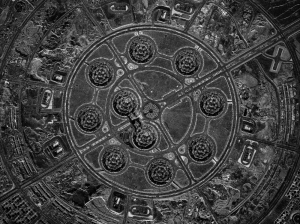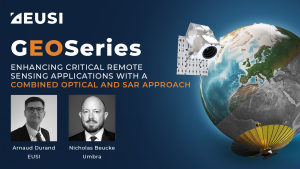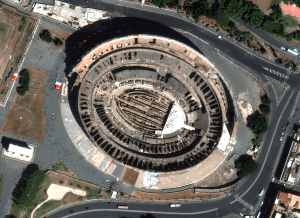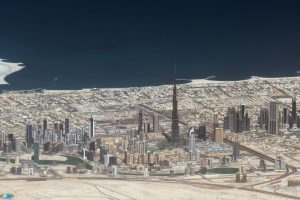European Space Imaging Wins Additional Supply Contract to European Commission
- European Space Imaging
- 16 December, 2015
The Munich-based company has been awarded another major supply contract for VHR satellite data and services to support checks within the EU Common Agricultural Policy (CAP).
European Space Imaging announced today that the company has signed an additional multi-year framework supply contract with the European Commission for the provision of very high-resolution (VHR) satellite data and associated services in support of the European Union’s Common Agricultural Policy (CAP).
This second framework agreement between the European Commission’s Joint Research Centre (JRC) and European Space Imaging (EUSI) covers imagery from the most advanced fleet of VHR satellites and grants the JRC and the EU Member States access to imagery of the highest spatial and spectral resolution currently commercially available. The contract has an estimated total value of 10.5 million EUR over a period of up to 4 years and will be carried out by European Space Imaging and its technology partner GAF AG with the support of the German Aerospace Center (DLR) and in close cooperation with DigitalGlobe.
European Space Imaging will be responsible for providing satellite imagery and associated services directly to the European Union Member States for the Control with Remote Sensing (CwRS) and Land Parcel Identification System (LPIS) quality assessment of the CAP. EUSI will be managing all activities from satellite acquisition planning through to the final imagery delivery, including liaison with all stakeholders involved on EU and national level.
The company has been the most reliable data supplier to the European Commission in the Controls with Remote Sensing (CwRS) program and has delivered the bulk of the data for a yearly increasing number of control sites since the program’s inception in 2004. EUSI owns and operates a local satellite ground station for VHR satellites in Oberpfaffenhofen near Munich.
“We are pleased that the EU Member States are now able to do their work more accurately by making full use of the wealth of extra spectral information as well as the highest resolution VHR data currently available. We look forward to continuing our support to the EU CAP checks and other European programs into the future with quality customer care and data supply”, says Adrian Zevenbergen, Managing Director of European Space Imaging.
Related Stories

What is SAR Imagery? Introduction to Synthetic Aperture Radar
SAR imagery enables all-weather monitoring, penetrates dry soil, and offers resolution as high as 25 cm. Thanks to that, it’s invaluable for applications like emergency response, defence and intelligence, or agriculture. How does SAR work? What are its advantages and limitations? And what other data sources can you integrate it with? Read the article to learn more.

Enhancing Critical Applications With A Combined Optical and SAR Approach
For the first time in history, users can schedule synchronised collections of 25 cm SAR and 30 cm Near Real-Time optical imagery to mitigate weather and gain deeper insights of events unfolding on the ground. This is especially valuable for Emergency Response, GEOINT and other applications.

18 European Landmarks in Satellite Images
Satellite sensors captured unique architecture, breathtaking nature and centuries of history. Explore the Colloseum, La Sagrada Familia, the Leaning Tower of Pisa, and other landmarks.

Understanding ONA in Satellite Imagery: What is Off Nadir Angle and What Is It Used For?
Off Nadir Angle (ONA) plays a crucial role in the quality of optical satellite imagery. It influences its resolution and clarity, decides the visibility of features, and makes it easier or harder to identify objects. Moreover, ONA is used to create stereo imagery and 3D models of the Earth’s surface. Read on to learn more.





